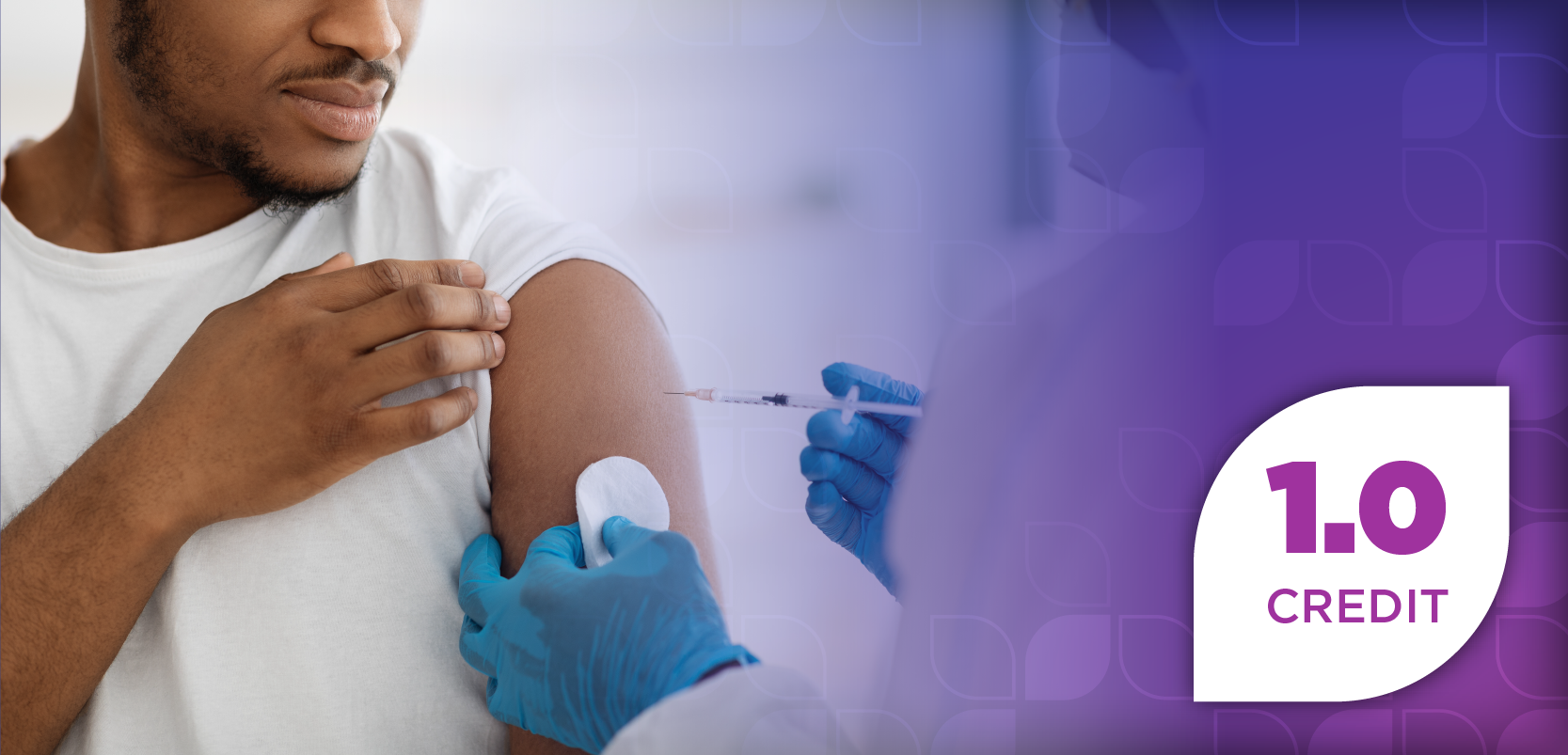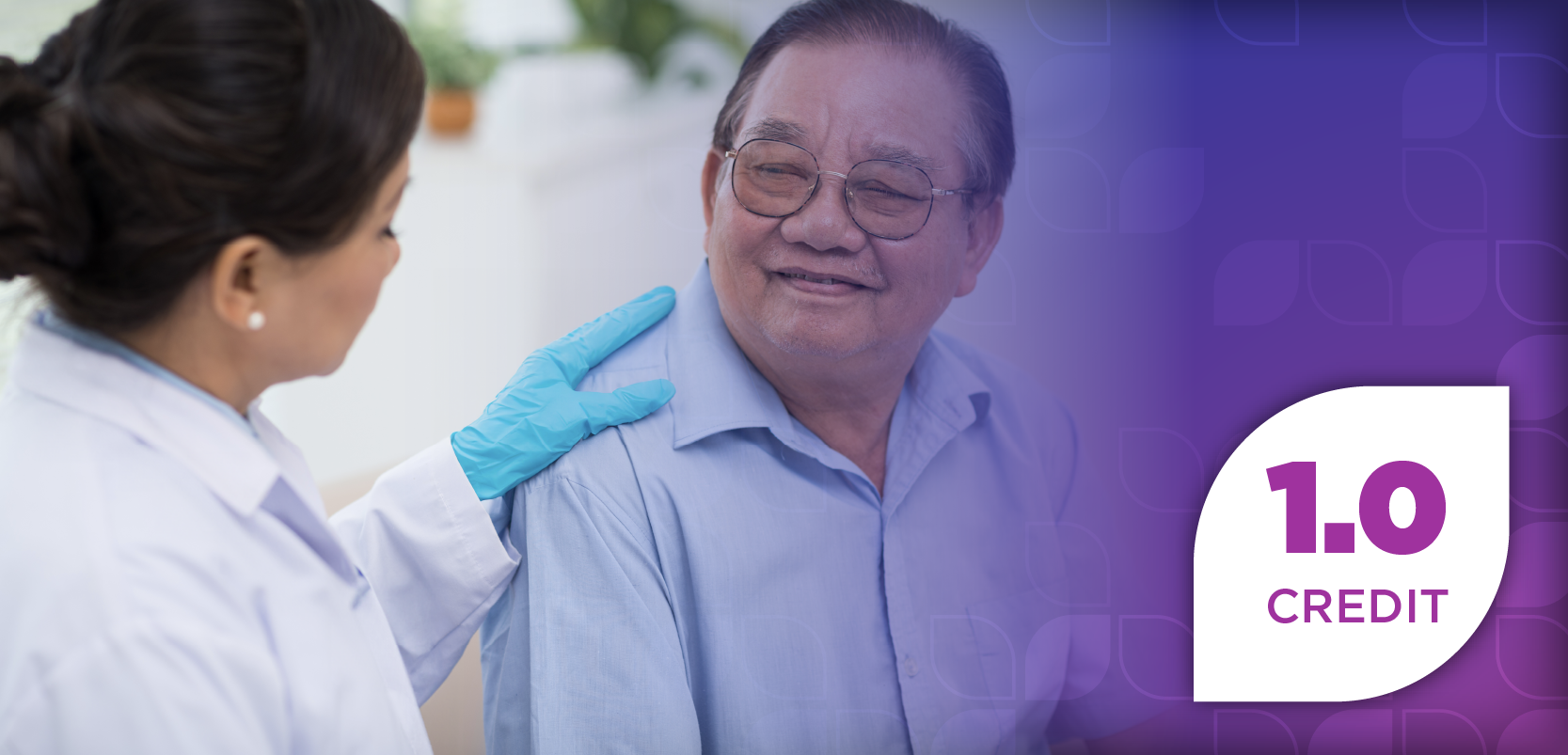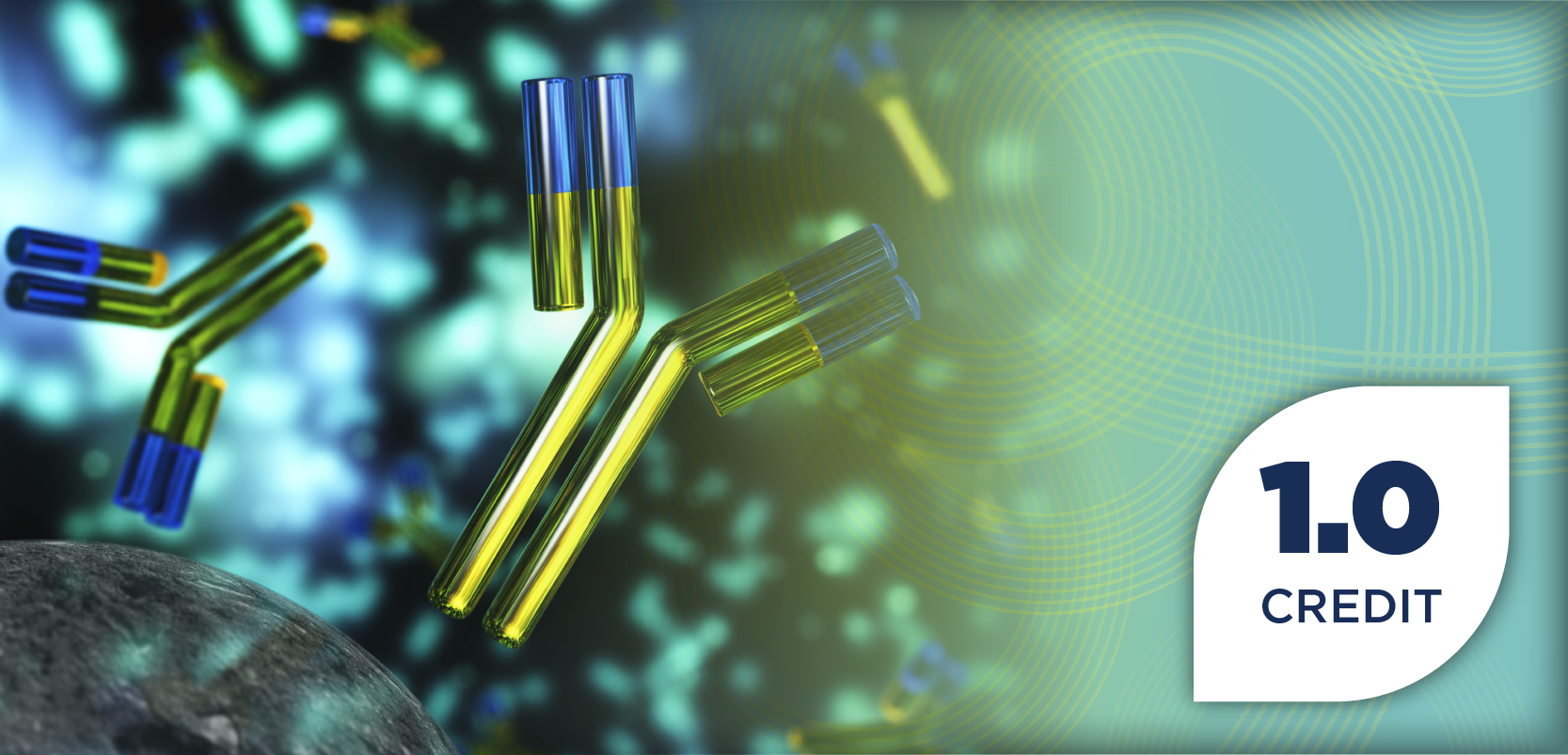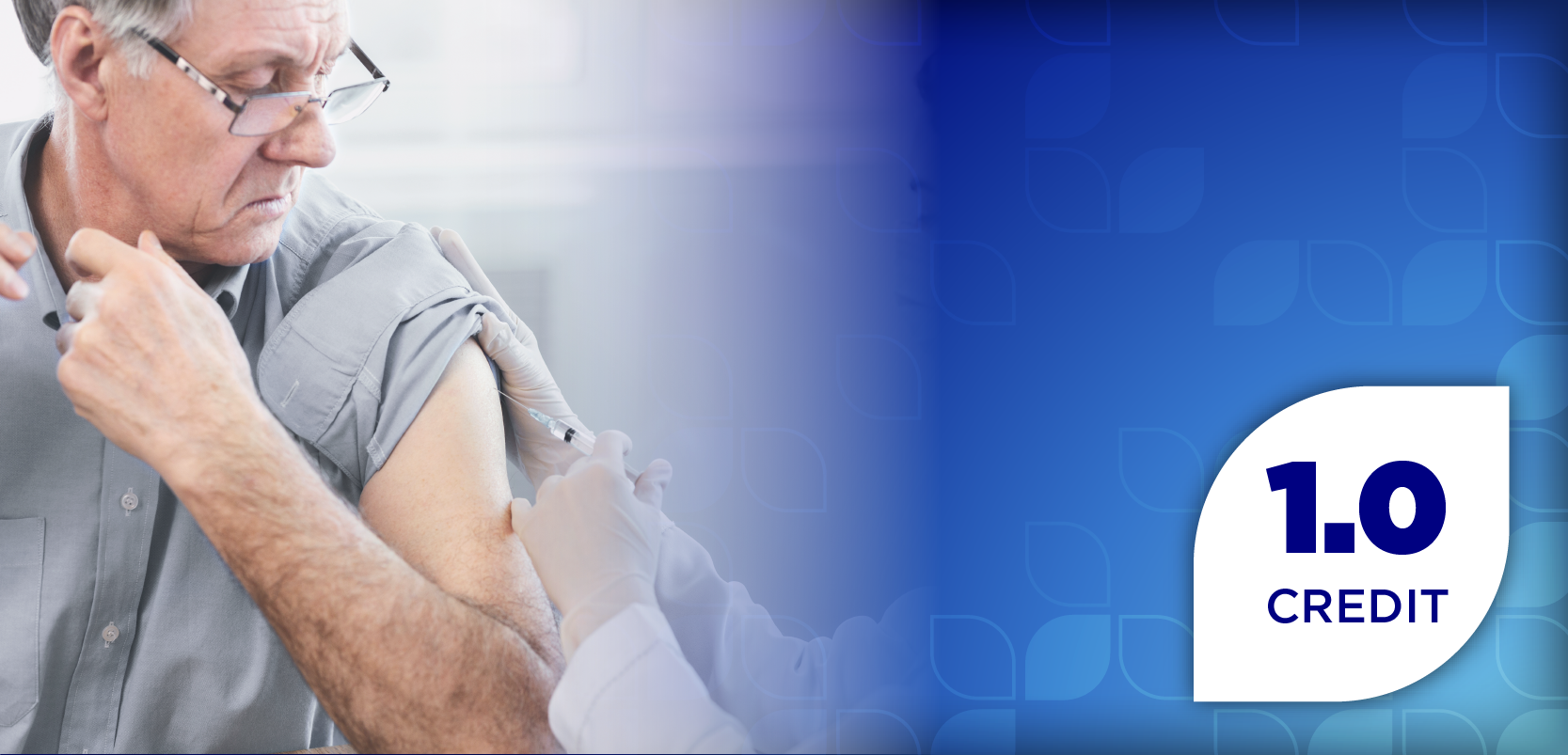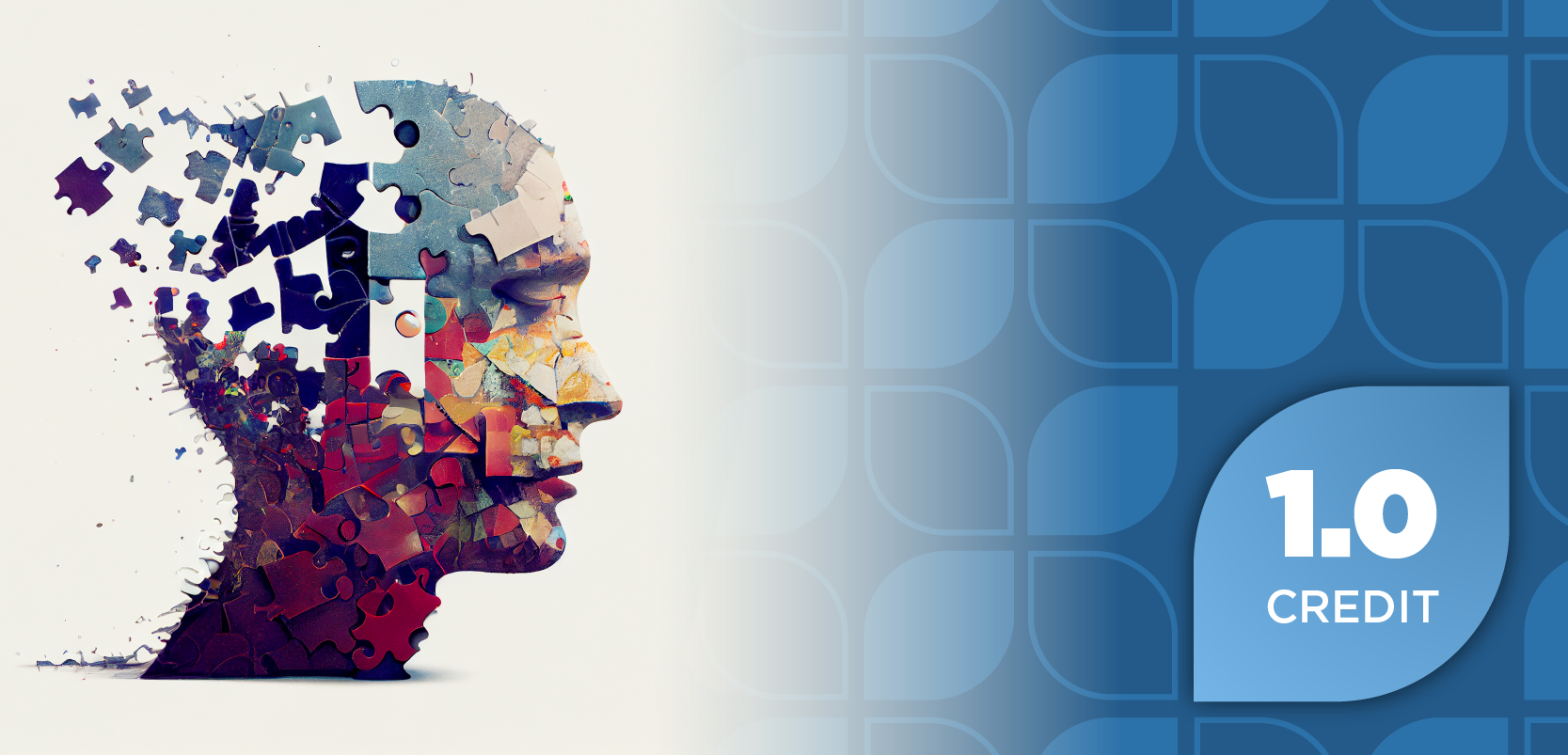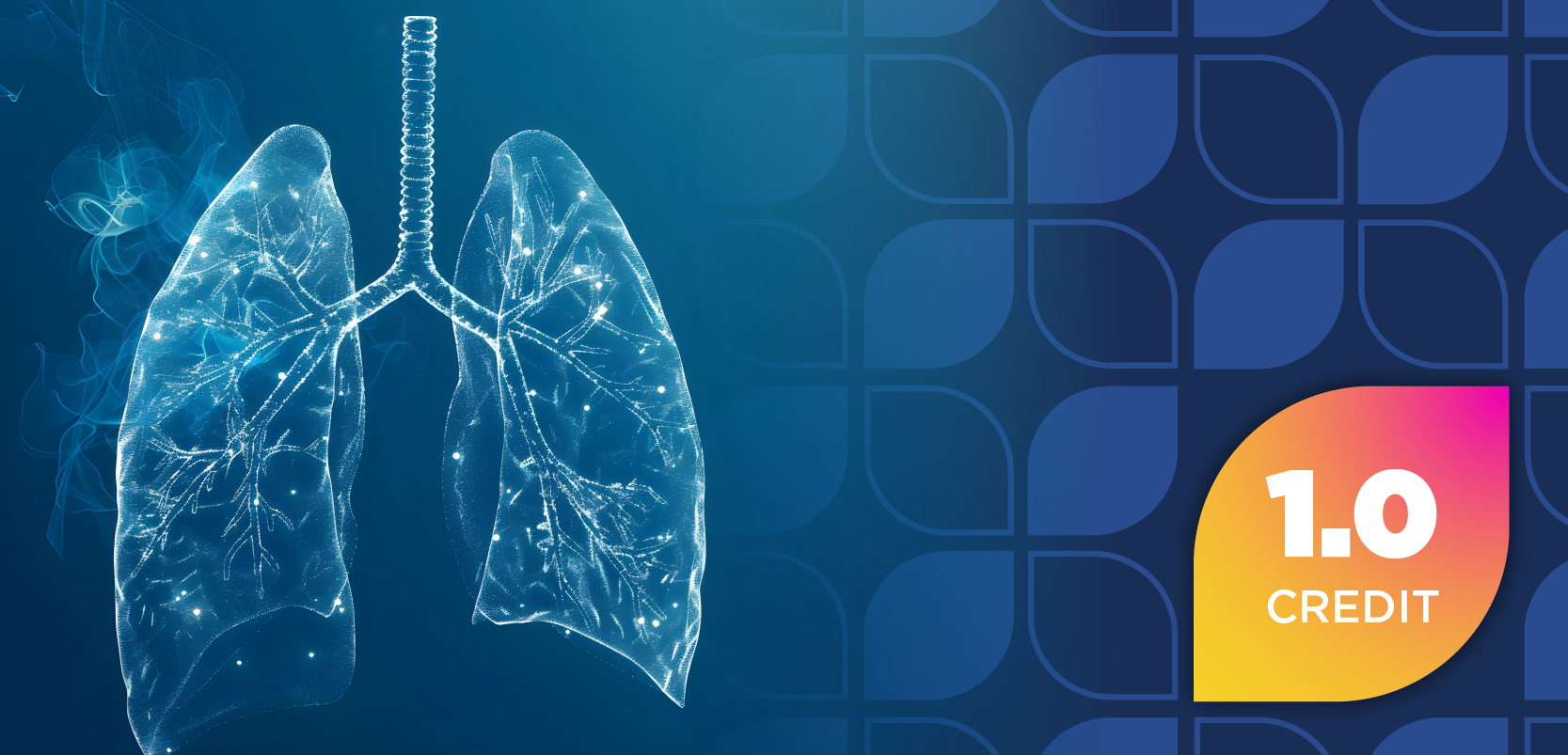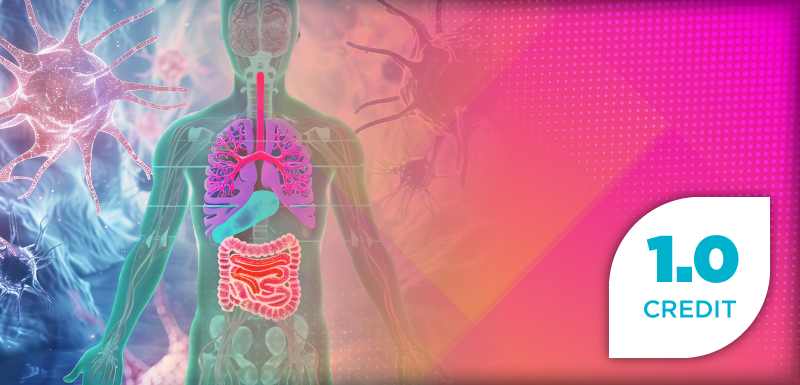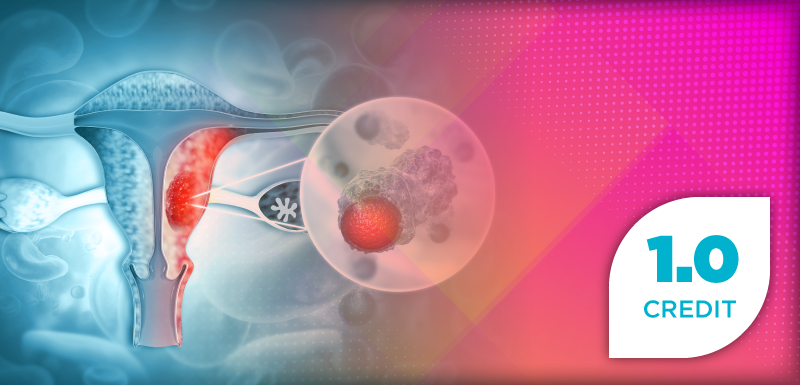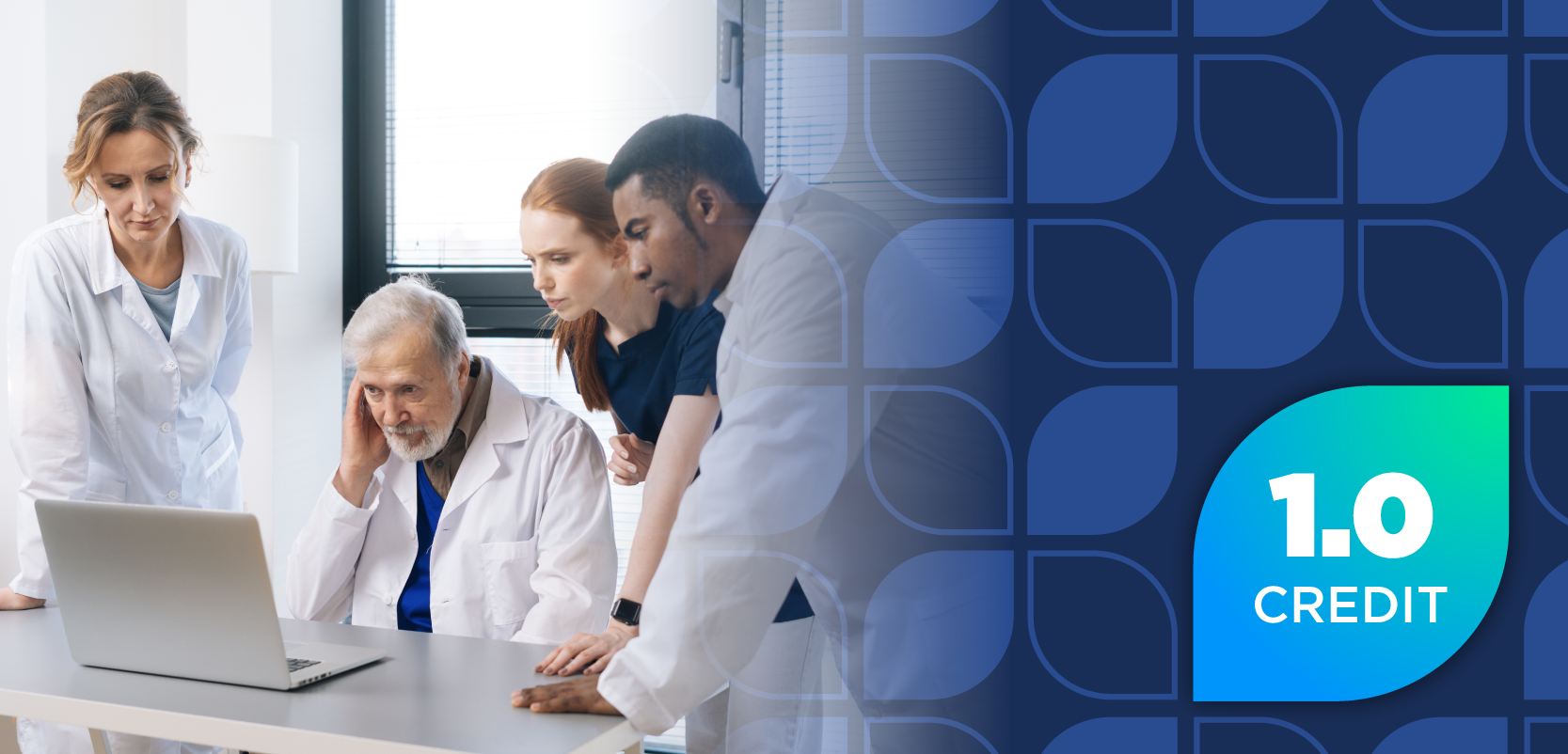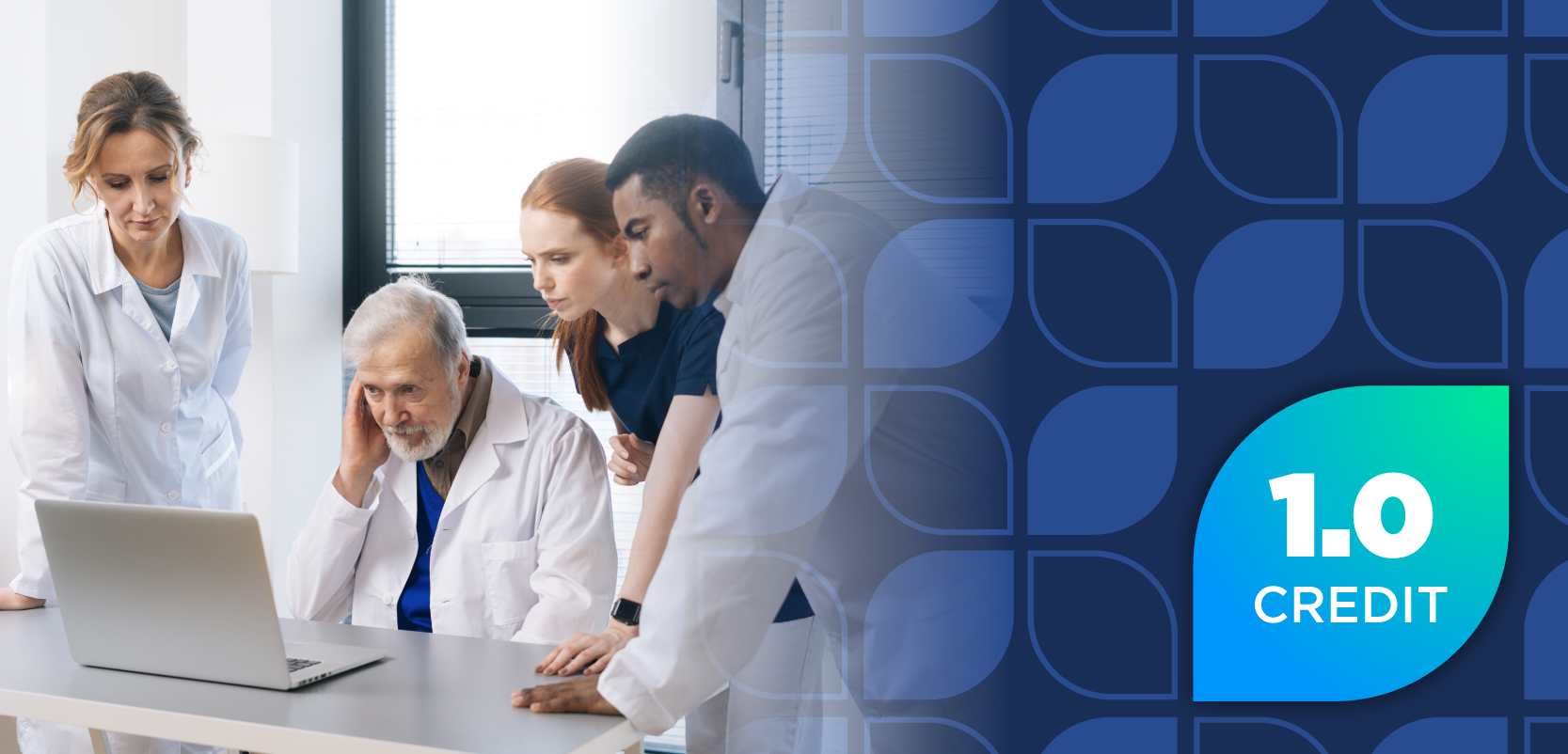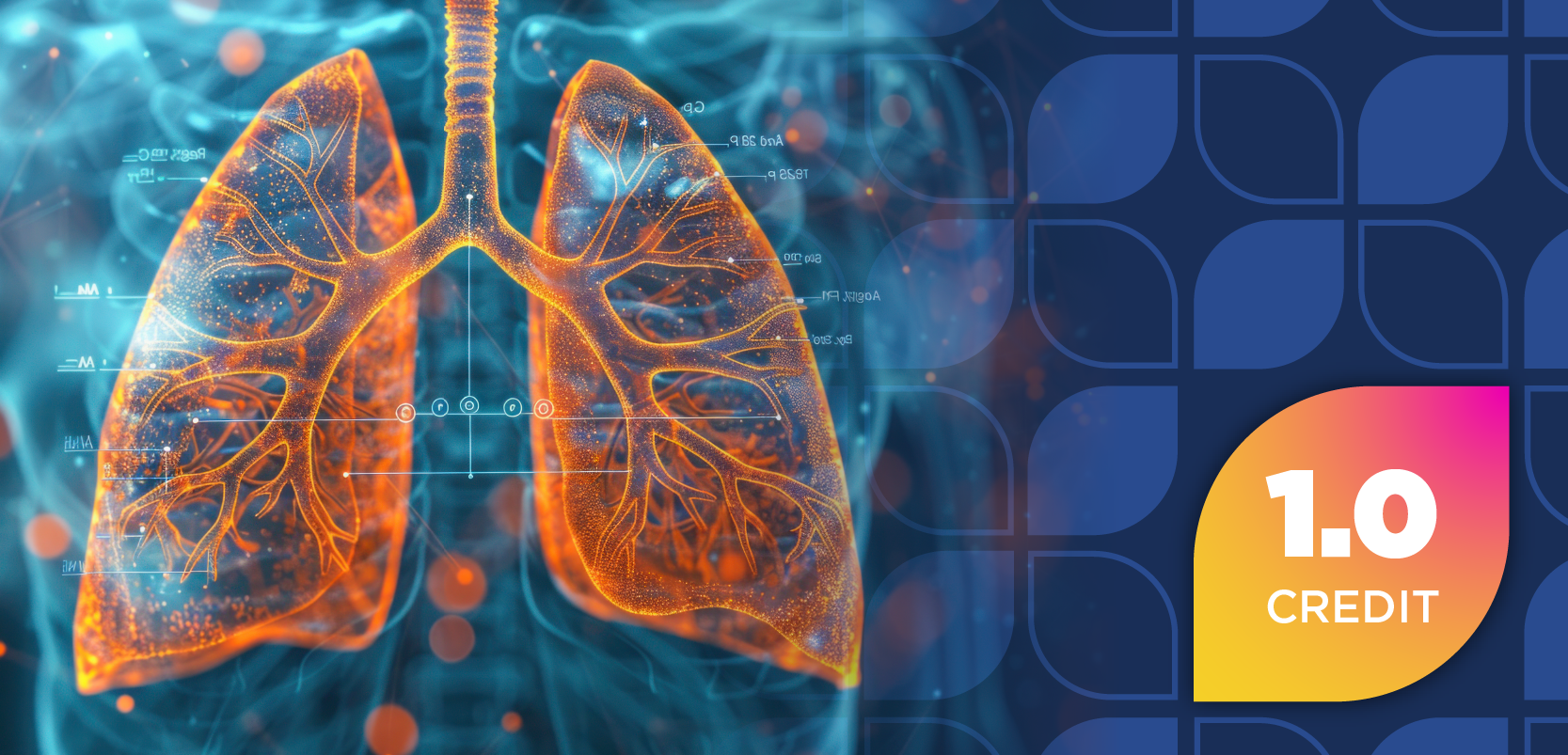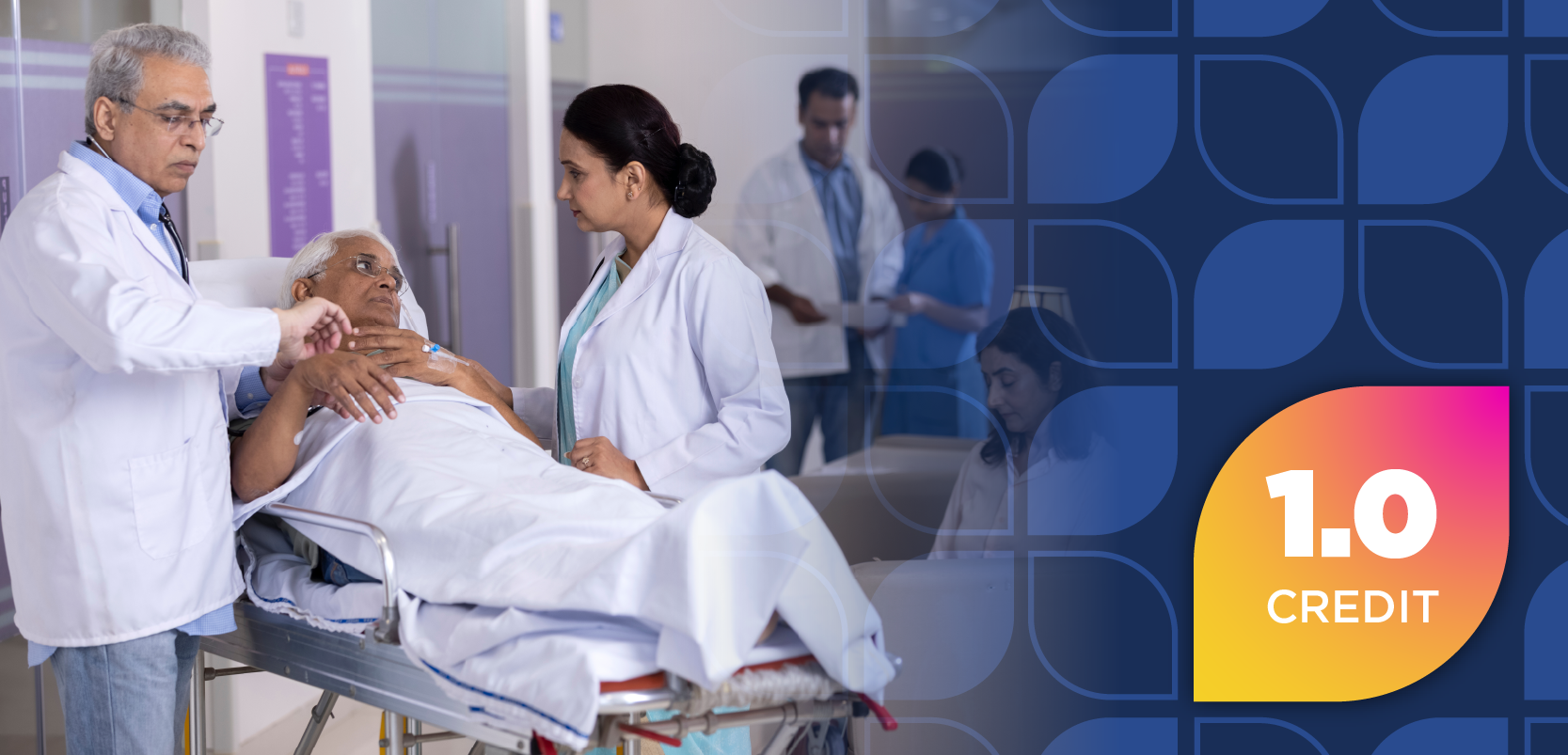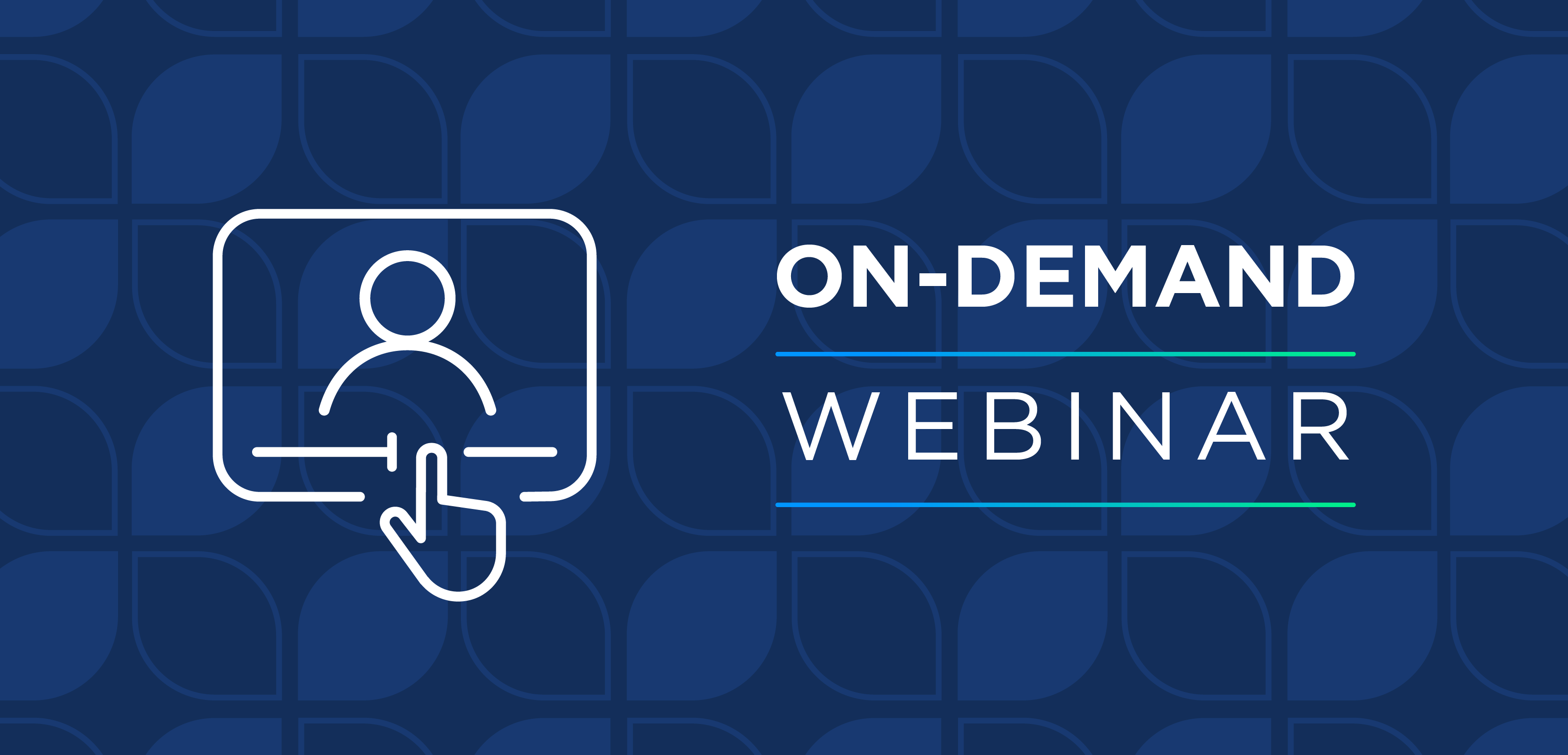150 years of American pharmacy: R.Ph.s as technology adopters
In 1988 hospital pharmacies were striving for new ways to increase efficiency and eliminate the long delays in processing medications that plagued their operations. In a column published in the April Hospital Pharmacist Report supplement to Drug Topics, Yolanda Villarreal, the director of pharmacy at Southwest Texas Methodist Hospital in San Antonio, reported that her hospital had found a new technology that had not only improved pharmacy response time but had also "enriched relations between nursing and pharmacy." What was the new wonder technology? The fax machine.
In 1988 hospital pharmacies were striving for new ways to increase efficiency and eliminate the long delays in processing medications that plagued their operations. In a column published in the April Hospital Pharmacist Report supplement to Drug Topics, Yolanda Villarreal, the director of pharmacy at Southwest Texas Methodist Hospital in San Antonio, reported that her hospital had found a new technology that had not only improved pharmacy response time but had also "enriched relations between nursing and pharmacy." What was the new wonder technology? The fax machine.
The willingness of Villarreal's pharmacy to adopt this new technology should come as no surprise. Throughout the 20th century, retail and hospital pharmacies had been careful in adopting new technologies but willing to test and analyze any new gadget or application that offered to improve service or increase efficiency. Whether it was the telephone, the computer, the fax machine, or e-prescriptions, pharmacies tended to be ahead of other healthcare providers in adopting proven technologies. In January 1977, in the days before Apple had created its first computer or Microsoft had developed its first operating system, Drug Topics reported that the Drug Enforcement Administration had relented to pressure from pharmacists to allow the computer storage of prescriptions for controlled substances.
By the mid-1980s, the fax machine was gaining acceptance in a variety of business settings, but as Villarreal reported, it was still considered a cutting-edge technology for health care. Implementing the fax machine saved Southwest Texas Methodist Hospital, on average, 22 minutes per prescription and Villarreal reported a "continuing improvement." If the past is any indication, when it comes to new technologies that promise increased efficiency and improved patient care, pharmacies continue to be willing adopters.
Newsletter
Pharmacy practice is always changing. Stay ahead of the curve with the Drug Topics newsletter and get the latest drug information, industry trends, and patient care tips.

